
Carpenteria acuiminata - Plant
(MRP Inclusive of all taxes)
- Shipping ₹79 for entire order
- Dispatch in 7 days
- Country of origin: India

(MRP Inclusive of all taxes)
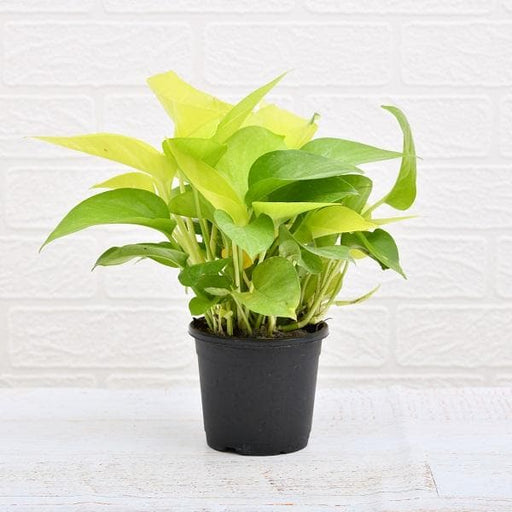 Save 29%
Save 29%
Air Purifier Money Plant with Pot The Air Purifier Money Plant, also known as Pothos or Epipremnum aureum, is a stunning indoor plant that...
View full details
 Save up to 15%
Save up to 15%
Peace Lily, Spathiphyllum - Plant The Peace Lily, scientifically known as Spathiphyllum, is a stunning houseplant celebrated for its elegant white...
View full details
 Save 25%
Save 25%
Jasminum sambac, Mogra, Arabian Jasmine - Plant Jasminum sambac, commonly known as Mogra or Arabian Jasmine, is a fragrant flowering plant...
View full details
 Save 18%
Save 18%
Combo Constituents Includes the Parijat Tree (Night-Flowering Jasmine), a culturally significant plant with fragrant flowers. Description The Pari...
View full details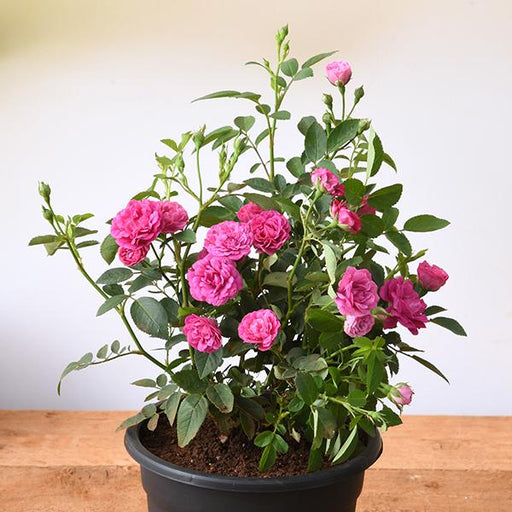
 Save 25%
Save 25%
Miniature Rose, Button Rose (Any Color) - Plant The Miniature Rose, also known as the Button Rose, is a charming and compact flowering plant that ...
View full details Save 25%
Save 25%
Damascus Rose, Scented Rose (Any Color) - Plant The Damascus Rose, also known as Rosa damascena, is a timeless symbol of beauty and romanc...
View full details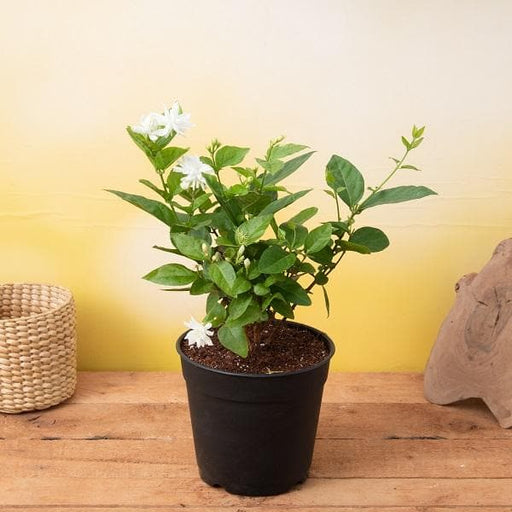
 Save 17%
Save 17%
Beautiful Fragrant Mogra, Arabian Jasmine Plant with Pot The Beautiful Fragrant Mogra, also known as Arabian Jasmine (Jasminum sambac), is...
View full details Save 15%
Save 15%
Pack of Vermicompost and Neem Cake for House Plants Transform your indoor garden with our premium Pack of Vermicompost and Neem Cake, spec...
View full details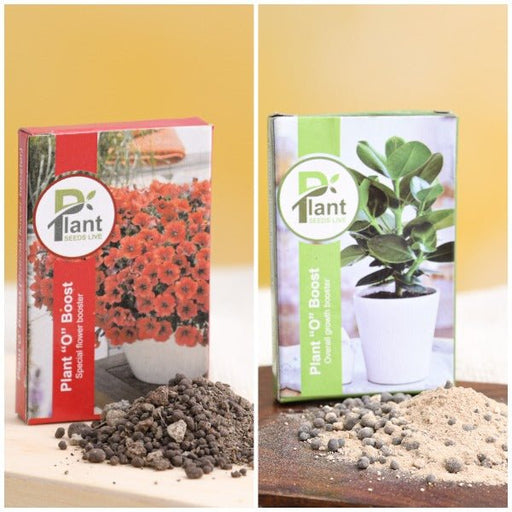
Pack of Plant Growth and Flower Boosters Unlock the full potential of your garden with our Pack of Plant Growth and Flower Boosters! This ...
View full details Save 38%
Save 38%
Combo of Jeevamrut and Neem Raksha for Easy Growth and Protection of Houseplants Transform your indoor garden with our exclusive combo of ...
View full details Save 22%
Save 22%
Plant Nutrients Kit (Pack of 16) for a Healthy Garden Transform your garden into a lush paradise with our Plant Nutrients Kit, featuring 1...
View full details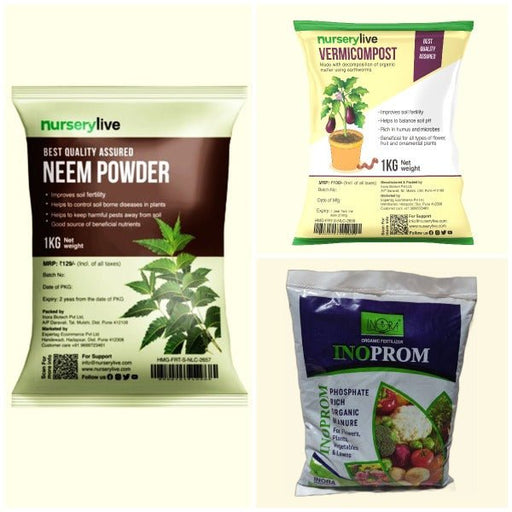 Save 16%
Save 16%
Combo of Top Plant Fertilizers Elevate your gardening game with our exclusive Combo of Top Plant Fertilizers, featuring two bags of premiu...
View full details Save 24%
Save 24%
Pack of 4 Additives to Make Soil Healthy and Nutrient Rich Transform your garden into a thriving ecosystem with our Pack of 4 Additives de...
View full details Save 30%
Save 30%
Transform your gardening experience with our premium Combo of Perlite and Vermiculite. This unique blend is designed to enhance soil aeration and ...
View full details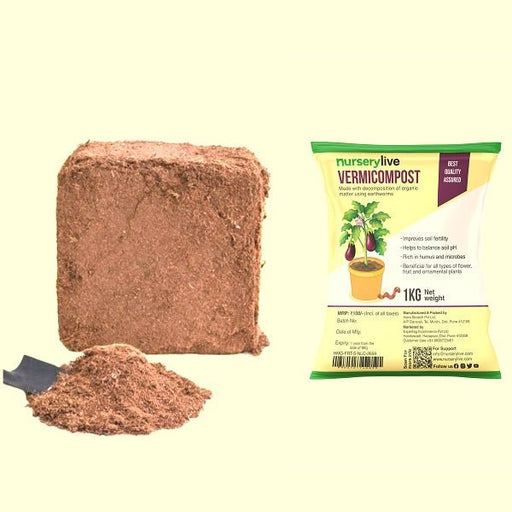 Save 27%
Save 27%
Combo of 2 Vermicompost and Cocopeat - Enrich Your Soil Naturally! Transform your garden into a thriving ecosystem with our Combo of 2 Ver...
View full details
 Save 35%
Save 35%
Best 6 Plants for Perfect Indoor Garden Transform your living space into a lush oasis with our curated collection of the Best 6 Plants for a...
View full details
 Save up to 50%
Save up to 50%
Mini Succulent Garden Pack Transform your space with our Mini Succulent Garden Pack, featuring a delightful collection of 4 any variety beautiful s...
View full details
 Save 30%
Save 30%
5 Best Fragrant Plants Transform your garden or indoor space into a fragrant paradise with our curated selection of the 5 Best Fragrant Plants. Th...
View full details
 Save 24%
Save 24%
Set of 2 Bonsai Looking Grafted Adeniums Transform your indoor or outdoor space with our exquisite Set of 2 Bonsai Looking Grafted Adenium...
View full details Save 45%
Save 45%
Top 4 Die Hard Succulents Pack Transform your indoor or outdoor space with our Top 4 Die Hard Succulents Pack, featuring a curated selecti...
View full details
 Save 30%
Save 30%
5 Best Indoor Plants Pack Transform your living space into a lush oasis with our '5 Best Indoor Plants Pack.' This carefully curated collection fe...
View full details
 Save 25%
Save 25%
Set of 4 Evergreen Air Purifier Plant Pack Transform your indoor space into a lush, green oasis with our Set of 4 Evergreen Air Purifier Pla...
View full details| SrNo | Item Name |
|---|---|
| 1 | Carpenteria acuiminata - Plant |
Carpenteria acuiminata, commonly known as the "California Tree Anemone," is a rare and stunning evergreen shrub native to the Sierra Nevada foothills. This unique plant features glossy, dark green leaves and produces beautiful, fragrant white flowers that bloom in late spring to early summer. With its striking appearance and adaptability, Carpenteria acuiminata is a perfect addition to any garden, especially for those looking to cultivate native Californian flora.
What sets Carpenteria acuiminata apart is its rarity and ecological significance. This plant is endemic to California, making it a vital component of the local ecosystem. Its ability to thrive in various soil types and conditions makes it a resilient choice for gardeners. Additionally, it attracts pollinators, contributing to biodiversity and supporting local wildlife.
Carpenteria acuiminata is not only visually appealing but also boasts a remarkable drought tolerance once established. Its fragrant flowers are a magnet for bees and butterflies, enhancing the ecological value of your garden. This plant can grow up to 10 feet tall, making it an excellent choice for creating privacy screens or as a focal point in landscape design.
If you think caring for a plant is as easy as watering it and hoping for the best, think again! Carpenteria acuiminata, also known as the tree anemone, requires a bit more finesse. This beauty thrives in well-drained soil and loves a sunny spot, so make sure to give it the royal treatment. Regular pruning will keep it looking sharp, and don’t forget to check for pests—because nobody likes an uninvited guest at their garden party!
Patience is a virtue, especially when it comes to the growth rate of Carpenteria acuiminata. This slowpoke takes its time to reach maturity, but once it does, it’s worth the wait! With the right conditions, you can expect this plant to grow steadily, rewarding you with stunning blooms that will make your neighbors green with envy. Just remember, good things come to those who wait—so don’t rush this botanical beauty!
Want to spread the love? Propagating Carpenteria acuiminata is like playing plant matchmaker. You can take cuttings in spring or summer and watch them root like they’re auditioning for a gardening reality show. Just ensure you provide a warm, humid environment, and soon enough, you’ll have a mini forest of these lovely trees. It’s a fun project that’ll have you feeling like a proud parent of a whole new generation of greenery!
If you think all soil is created equal, think again! Carpenteria acuiminata has a taste for well-drained, sandy loam. It’s like the Goldilocks of the plant world—too much clay, and it’ll sulk; too much sand, and it’ll pack its bags. Aim for a pH between 6.0 and 7.0, and you’ll have a happy plant that rewards you with beautiful blooms. Remember, the right soil is the foundation of a thriving garden!
Sunlight is the secret sauce for a thriving Carpenteria acuiminata. This plant is a sun worshipper, craving full sun for at least six hours a day. If you place it in a shady spot, it might just throw a tantrum and refuse to bloom. So, give it the spotlight it deserves, and watch as it flourishes, showering you with gorgeous flowers that will make your garden the talk of the town!
Every garden has its villains, and Carpenteria acuiminata is no exception. Aphids and spider mites can be the bane of your botanical existence. But fear not! A little neem oil or insecticidal soap can send these pests packing. Regular inspections will keep your plant safe from unwanted guests, ensuring it remains the belle of the garden ball. Remember, a vigilant gardener is a happy gardener!
When it comes to flowering, Carpenteria acuiminata knows how to make an entrance! This plant typically bursts into bloom in late spring to early summer, showcasing its stunning white flowers that resemble delicate anemones. It’s like a floral fireworks show that will leave you in awe. So, mark your calendar and prepare for a spectacular display that will have your garden looking like a scene from a botanical fairy tale!
Looking to add a touch of elegance to your landscape? Carpenteria acuiminata is your go-to plant! With its graceful form and stunning blooms, it’s perfect for borders, hedges, or as a standalone statement piece. This tree anemone can elevate any garden design, making it the star of the show. Just imagine your neighbors’ jaws dropping as they admire your botanical masterpiece—talk about garden goals!
If you’re tired of being a slave to your garden hose, Carpenteria acuiminata might just be your new best friend. This plant has a knack for drought tolerance, making it a resilient choice for those hot, dry summers. Once established, it can withstand periods of low water, allowing you to enjoy your garden without the constant worry of watering. Just remember, even drought-tolerant plants appreciate a drink now and then!
Pruning Carpenteria acuiminata is like giving your plant a stylish haircut. It’s essential for maintaining its shape and encouraging new growth. The best time to prune is right after flowering, so you can enjoy those beautiful blooms before snipping away. Just be sure to use clean, sharp tools to avoid any plant drama. With a little TLC, your tree anemone will be the envy of the neighborhood!
Every star needs a supporting cast, and Carpenteria acuiminata is no different! Pair it with drought-tolerant companions like lavender or succulents for a stunning garden ensemble. These plants not only complement its beauty but also share similar care requirements, making your gardening life a breeze. So, get creative and design a garden that’s not just beautiful but also harmonious—because every plant deserves a good friend!
Seasonal care for Carpenteria acuiminata is like preparing for a garden party—there’s always something to do! In spring, focus on pruning and fertilizing to kickstart growth. Summer is all about watering and pest control, while fall is the time to tidy up and prepare for winter. Don’t forget to protect your plant from frost with mulch or a cozy cover. With a little seasonal TLC, your tree anemone will thrive year-round!
Carpenteria acuiminata, also known as the bush anemone, is a charming evergreen shrub native to California. With its glossy leaves and stunning white flowers, it’s like the diva of the garden, demanding attention while being low-maintenance. Perfect for those who want beauty without the fuss!
This plant loves a sunny spot with well-drained soil, so think of it as a sunbather. It thrives in USDA zones 8-10, making it ideal for warm climates. Just ensure it has enough space to spread its branches and show off its floral flair!
Watering is like a first date—don’t overdo it! During the first year, keep the soil moist but not soggy. Once established, it’s drought-tolerant, so you can let it sip water occasionally. Just remember, too much love (or water) can drown this beauty!
Carpenteria acuiminata is a soil snob, preferring well-drained, sandy or loamy soils. It’s not a fan of heavy clay that holds water like a clingy friend. A pH of 6.0 to 7.0 is ideal, so give it the good stuff for a happy plant!
This shrub can reach heights of 4 to 6 feet, making it a perfect mid-sized addition to your garden. It’s like the Goldilocks of plants—not too tall, not too short, just right for adding some vertical interest without overshadowing your other flora!
Get ready for a floral fiesta! Carpenteria acuiminata typically blooms in late spring to early summer, showcasing its lovely white flowers. These blooms are like nature’s confetti, attracting pollinators and making your garden the talk of the town!
Yes, indeed! Carpenteria acuiminata is not on the deer’s menu, making it a great choice for gardens in deer-prone areas. It’s like the bouncer of your garden, keeping those pesky nibblers at bay while still looking fabulous!
Pruning is like giving your plant a stylish haircut. Do it in late winter or early spring to shape it and remove any dead or damaged branches. Just remember, a little snip here and there goes a long way in keeping it looking sharp!
Absolutely! Carpenteria acuiminata can be a container superstar. Just ensure the pot has good drainage and is large enough for its roots to stretch. It’s like giving your plant a cozy apartment—just the right size for a happy home!
While Carpenteria acuiminata is generally pest-resistant, it can occasionally attract aphids or spider mites. Think of them as uninvited guests at a party. A gentle spray of water or insecticidal soap can send them packing without ruining the fun!
Yes, indeed! Carpenteria acuiminata is a coastal darling, thriving in salty air and sandy soils. It’s like that friend who loves beach vacations—perfect for coastal gardens where it can soak up the sun and show off its beauty!
With proper care, Carpenteria acuiminata can live for 20 years or more, making it a long-term garden companion. It’s like the reliable friend who sticks around through thick and thin, always ready to brighten your day with its lovely blooms!